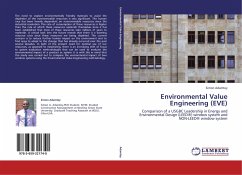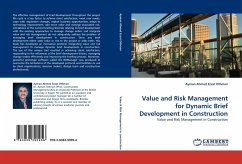The need to explore environmentally friendly materials to avoid the depletion of the nonrenewable resources is very significant. The human race has been heavily dependent on nonrenewable resources since the industrial revolution. The rate of consumption of these resources is higher than the rate at which these resources replenish themselves since it has been established that most of these resources take millions of years to replenish. A critical look into the future reveals that there is a looming resource crisis since these resources are being depleted. The current concern is to reduce further human impact on the environment and to find ways to adapt to the change that has already occurred over the past several decades. In light of the present need for optimal use of our resources, as opposed to maximizing, there is an increasing shift of focus to system evaluation methodologies that can be used to evaluate the environmental impact of a product or system. It is with this in mindthat this study was carried out to compare the environmental impact of two window systems using the Environmental Value Engineering methodology.
Hinweis: Dieser Artikel kann nur an eine deutsche Lieferadresse ausgeliefert werden.
Hinweis: Dieser Artikel kann nur an eine deutsche Lieferadresse ausgeliefert werden.








